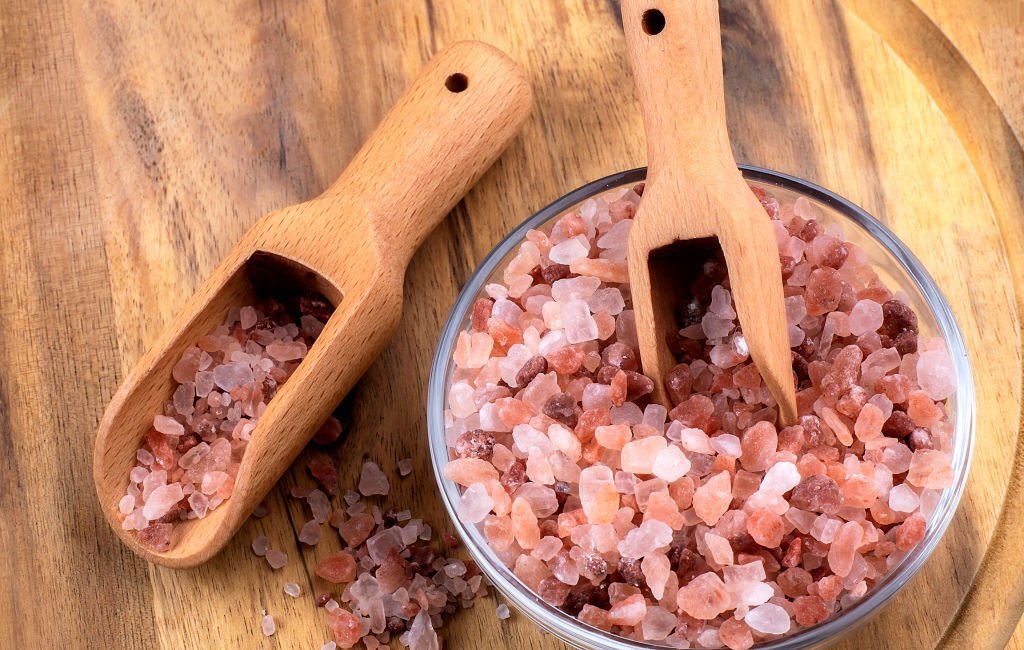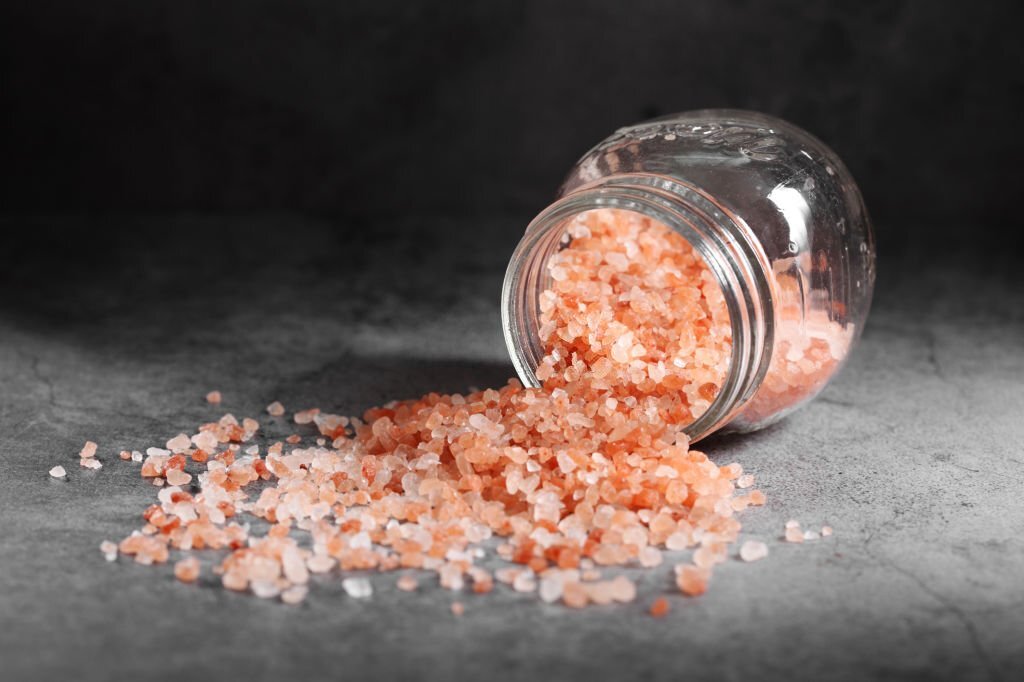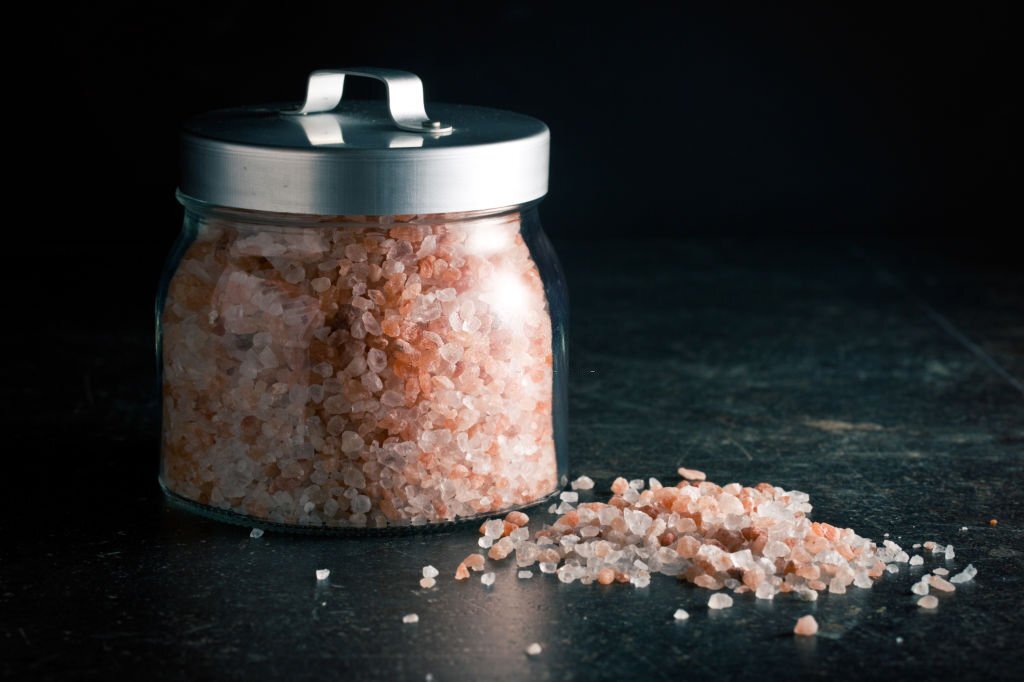Many recipes call for plain old table salt. Salinity is an important consideration in many different cuisines, and although many other civilizations utilize salt in their cooking, it’s prevalent around the world. You’ll be hard-pressed to locate a restaurant without salt shakers since it’s a ubiquitous element and can be found in almost every establishment. Even though sodium is essential for proper biological function, consuming too much salt may harm your overall health. The long-term disabling consequences you may experience might significantly influence your life. In many foods, salt is still necessary. Therefore people are searching for less damaging substitutes.
Enter pink salt, another name for Himalayan salt. Regular iodized salt is distinguishable from pink salt by its distinctive pink tint. But pink salt has been linked to several health advantages, making it a perfect substitute for regular table salt. It also has a slightly unusual flavor and texture, which is ideal for those who utilize it to create one-of-a-kind recipes. To use pink salt in food, you’ll need a way to crush it down to a fine powder. With the help of these pink salt grinders, you can improve any dish’s flavor and nutritional value.
Himalayan Salt and Ordinary Salt Taste Differently:
If you have a sensitive palate, this Himalayan pink salt has a slightly different flavor than regular table salt. Some people say it tastes “saltier,” while others notice a distinct mineral flavor dissolving in water. Meat curing techniques with Himalayan pink salt have been developed by several to enhance the Himalayan flavor. It’s common to use pink salt in dessert recipes, especially those with a high acidity level since the salt helps balance the sweetness and acidity. Try adding a little pink salt grinder to your favorite recipes and see if it enhances the flavor.
Mineral Content of Himalayan Pink Salt:
Himalayan salt’s popularity is primarily due to the presence of the famed minerals that give it its distinctive advantages, color, and flavor. Pink rock salt has significantly more minerals and traces elements than table salt, with an estimated total of over 80. The pink and orange hues are supposed to be caused by the presence of iron. Various investigations have shown that pink salt comprises sodium chloride, containing several additional minerals, such as strontium.
There are plenty of minerals in Himalayan pink salt to make up for the lack of sodium in table salt. Even if the concentrations are low and won’t meet your daily requirements, you may get a modest mineral boost with each meal. Take a look if you have Himalayan salt on hand. Your pink salt’s grain size determines whether or not you’ll be able to notice any mineral deposits inside the salt that are vividly colored. As a result, not all of the minerals in the pink rock are distributed equally among the salt grains.
Himalayan Salt may Lower Sodium Levels:
Pink salt rock has a lower sodium content than other salts. While sodium is required for nerve and muscle function and keeping fluid equilibrium in the body, it should only be devoured in small amounts. An adult’s sodium intake should not exceed 2.4 grams every day if they consume more than 6 grams of salt each day. The sodium content of Himalayan rock salt is lower than that of other salts. Therefore it may be consumed in more significant amounts.
Excessive salt intake may elevate your blood pressure and cause renal, heart, and liver issues. Those who follow a low-sodium diet have been studied, and they commonly experience sleepiness and insomnia, among other difficulties. People in this situation may benefit from increasing their diet of Himalayan salt, which may help them sleep better.
Himalayan Salt is All-Natural:
The purity of the pink salt grinder is one of its most significant benefits over table salt. Other than sodium, contaminants and minerals like anti-caking powders are often removed from table salt during the refinement process. Iodine is often added to foods to help avoid a lack of iodine, and the majority of the population does so by using iodized salts.
Instead of being transported and crushed before being put into a container and into your dish, Himalayan salt is harvested directly from Pakistan’s salt mountains. Natural minerals may be absorbed directly into your body via Himalayan pink salt, frequently unadulterated. Many foods are high in iodine that you can include in your diet to ensure that you aren’t lacking in this vital mineral, so you don’t have to worry about it becoming depleted.
Conclusion:
It’s worth noting that pink salt does not provide any significant advantages over conventional table salt in terms of health benefits. Sure gifts, such as enhanced respiratory health, may be noticed by taking ordinary table salt, but this is true for all salts. However, Himalayan pink salt contains minerals not present in conventional table salt, but the quantity is insufficient to discernible impact on health. However, this does not govern the possibility of using Himalayan pink salt. The advantages of the Himalayan pink salt grinder are evident and well-documented, and when used in moderation, you may enhance your overall health. However, don’t be fooled into believing that pink salt is a magical cure-all, as some would have you believe.





















No Comments